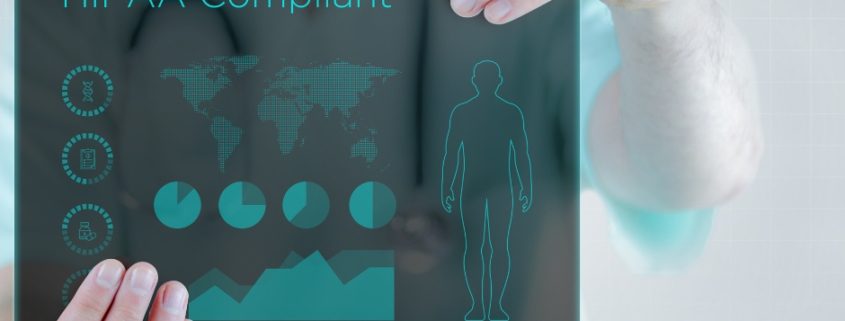2024 Guide to Cybersecurity in Healthcare: Navigating Compliance and Protecting Patient Data
Securing the Future: A Comprehensive Guide to Enhanced Healthcare Cybersecurity and HIPAA Compliance
In an era where cybersecurity threats are increasingly sophisticated and pervasive, healthcare organizations are at a pivotal crossroads. The need to safeguard patient information against cyber threats while ensuring compliance with the Health Insurance Portability and Accountability Act (HIPAA) has never been more critical. Recognizing this, federal regulators have unveiled revised final guidance, marking a significant milestone in the journey toward robust healthcare cybersecurity and compliance.
In 2023 there were 725 Reported HIPAA Breaches, nearly double the the number of breaches just 5 years prior.
Understanding the Revised Guidance
The revised final guidance, as presented by federal regulators, aims to bridge the gap between cybersecurity best practices and HIPAA compliance requirements. This guidance is a clarion call to healthcare organizations, urging them to adopt a more dynamic approach to cybersecurity that aligns with evolving threats and technological advancements.
At its core, the revised guidance underscores the importance of a comprehensive risk management strategy. It encourages healthcare entities to go beyond the minimum requirements of HIPAA and proactively implement cybersecurity measures that address the specific risks faced by their operations. This includes adopting state-of-the-art cybersecurity frameworks, enhancing employee training programs, and establishing robust incident response plans.
Key Takeaways for Healthcare Organizations
- Risk Assessment is Fundamental: The guidance reiterates the significance of conducting thorough and ongoing risk assessments. Healthcare organizations are advised to identify potential vulnerabilities in their systems and processes, evaluating the likelihood and impact of various cybersecurity threats.
- Adopt a Layered Security Approach: In the face of complex cyber threats, a single line of defense is no longer sufficient. The revised guidance advocates for a layered security approach, incorporating multiple safeguards such as encryption, access controls, and multi-factor authentication to protect patient data.
- Strengthen Incident Response Capabilities: Recognizing that breaches may still occur despite preventive measures, the guidance places a strong emphasis on developing effective incident response plans. These plans should detail the steps to be taken in the event of a security incident, including containment, eradication, and recovery processes.
- Foster a Culture of Cybersecurity Awareness: Human error remains a significant vulnerability in healthcare cybersecurity. The revised guidance highlights the need for comprehensive training programs that raise awareness among employees about cybersecurity risks and best practices.
- Ensure Business Associate Compliance: Healthcare organizations must also ensure that their business associates, who have access to protected health information (PHI), comply with HIPAA’s security provisions. This includes conducting due diligence and incorporating strong cybersecurity measures in business associate agreements.

Implications for the Role of the CISO
For Chief Information Security Officers (CISOs) within healthcare organizations, the revised guidance presents both challenges and opportunities. CISOs must navigate the complexities of implementing the recommended cybersecurity measures while balancing regulatory compliance and operational efficiency. They play a crucial role in leading the charge toward a more secure and compliant healthcare environment, driving the adoption of innovative cybersecurity solutions and fostering a culture of continuous improvement.
Nearly 93% of healthcare organizations have experienced a data breach in the past three years according to Herjavec Group’s 2020 Healthcare Cybersecurity Report and 57 percent have had more than five data breaches during the same timeframe.
Conclusion
The revised final guidance for healthcare cybersecurity and HIPAA compliance is a testament to the evolving landscape of digital health information security. It provides a roadmap for healthcare organizations to enhance their cybersecurity posture and protect patient data against the backdrop of an ever-changing cyber threat environment.
As healthcare organizations work to align with these revised guidelines, the role of the CISO becomes increasingly vital. By championing a holistic approach to cybersecurity and compliance, CISOs can ensure that their organizations are well-positioned to face the challenges of the digital age, safeguarding the privacy and security of patient information while delivering the highest standards of patient care.




Leave a Reply
Want to join the discussion?Feel free to contribute!